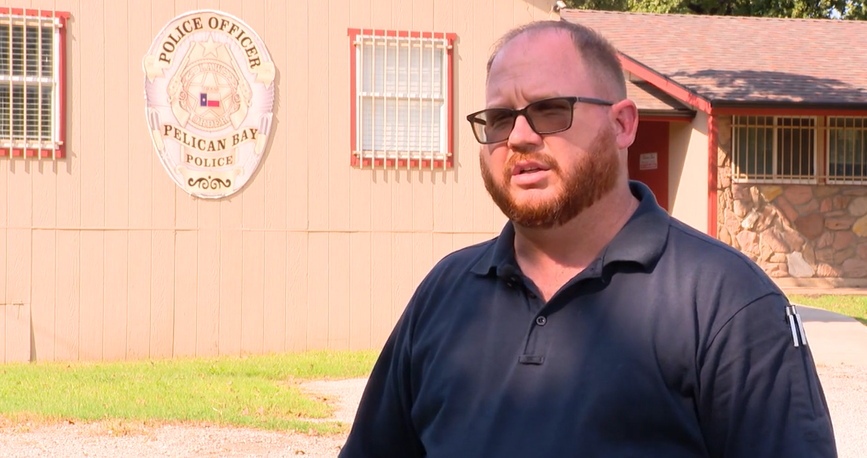How the city’s volunteer firefighters stepped up after 9/11, sometimes at great personal cost
By Hannah Kliger
Click here for updates on this story
NEW YORK, New York (WCBS) — It has been nearly 24 years since Sept. 11 terror attack, and while hundreds of FDNY and NYPD crews rushed to ground zero, so did the city’s volunteer firefighters.
In the outer boroughs, small teams of “vollies” quietly stepped in to protect and support their neighbors however they could.
Gerritsen Beach Volunteer Fire Department still feels pain At the historic Gerritsen Beach Volunteer Fire Department, retired Chief Doreen Garson recalled the nightmares of a city covered in dust.
“Driving through the tunnel, you could not see anything. You couldn’t see your hand in front of your face. It was just ash coming at us,” Garson said.
The 100-year-old department’s first female chief served for 32 years before stepping down in 2018. On Sept. 11, 2001, and in the days following, Garson, who was running for city council at the time, went down to ground zero with a partner to help with recovery and cleanup.
“We were passing the buckets through to wherever the end of the line was. And the dogs went in and searched, you know, to see if they could find anybody,” she recalled.
Garson also took photographs of her time at the site, to document a city rattled by tragedy.
“It was just very, very frightening that something like that can happen to us when we felt so comfortable. That comfort is not there anymore,” she said.
“We all have our own variation of PTSD”
The Gerritsen Beach vollies are Brooklyn’s only volunteer-run firehouse, one of eight in the city, scattered across the outer boroughs. Ed Wilmarth III, former chief and department historian of the Broad Channel Volunteer Fire Department, comes from a long legacy of firefighters.
“Every male Wilmarth going back to the 1700s has been a [fireman], a volunteer fireman at some point in their lives,” Wilmarth said.
Wilmarth also rushed toward Lower Manhattan with three vollies after the first plane hit. He recalls running for cover once the first tower began to collapse.
“I can hear all this stuff hitting behind me, hitting the ground, hitting the ambulances. So, I just made the decision to just dive underneath the back of our ambulance. And that’s probably what saved me,” he said.
The force of the collapse broke windows of nearby buildings and bones of those lucky enough to be far away. All four volunteers made it out alive, though two of Wilmarth’s colleagues, Fred Gray and Captain Robert Nussberger, would eventually die of 9/11-related illnesses.
“I have a chronic sinusitis that was became 9/11 certified. We all have our own variation of PTSD, as one would expect,” Wilmarth said.
Many scars are invisible but lasting
In the days following the attack, volunteer fire departments in the outer boroughs were deployed to backfill at FDNY firehouses because their manpower and resources were all tied up at ground zero.
Memorials to local heroes can be found across the borough’s small communities: a baseball field, a flagpole in Marine Park, a plaque on the wall of the Broad Channel VFD.
“I hope I live to be an old man,” Wilmarth said of his health. “But unfortunately, the amount of first responders that were out on 9/11, the amount that have passed away has now surpassed the amount of people that were killed that day.”
Sometimes, the heroes walk among us, carrying the consequences of their sacrifice.
“Bladder cancer came in 2021. I went through a year of treatments. And then I was clear for a year, and then it came back again,” Garson said. “In ’23, I was diagnosed with breast cancer and last year it was metastatic.”
Many scars are invisible but lasting, a reminder that the danger, their fight, and their service didn’t end that day.
Have a story idea or tip in Brooklyn? Email Hannah by CLICKING HERE.
Please note: This content carries a strict local market embargo. If you share the same market as the contributor of this article, you may not use it on any platform.




